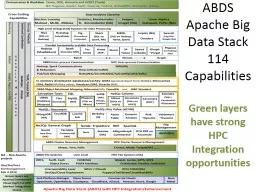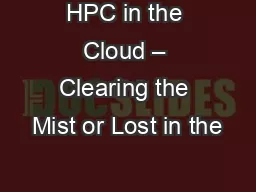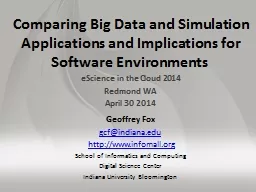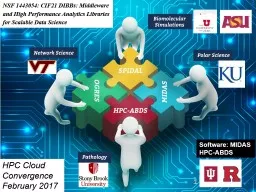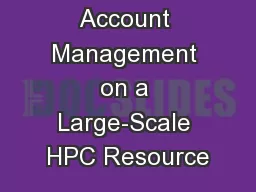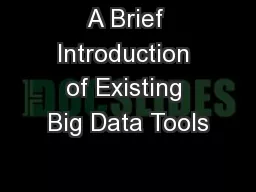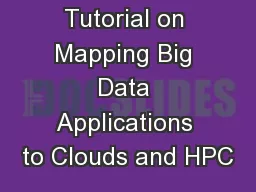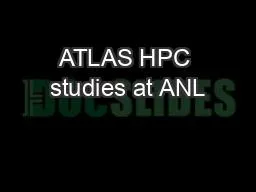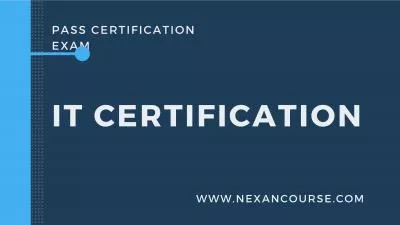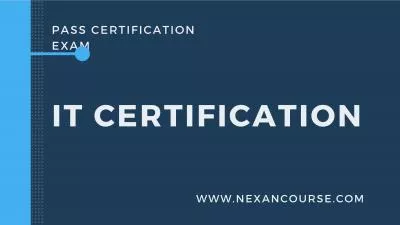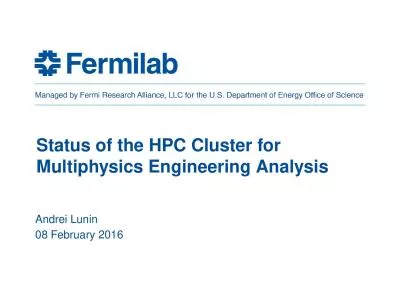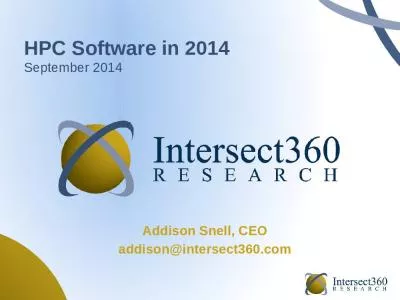PPT-51 Use Cases and implications for HPC & Apache Big Data
Author : aaron | Published Date : 2017-12-26
Architecture and Ogres International Workshop on Extreme Scale Scientific Computing Big Data and Extreme Computing BDEC Fukuoka Japan February 27 2014 3 Geoffrey
Presentation Embed Code
Download Presentation
Download Presentation The PPT/PDF document "51 Use Cases and implications for HPC &a..." is the property of its rightful owner. Permission is granted to download and print the materials on this website for personal, non-commercial use only, and to display it on your personal computer provided you do not modify the materials and that you retain all copyright notices contained in the materials. By downloading content from our website, you accept the terms of this agreement.
51 Use Cases and implications for HPC & Apache Big Data: Transcript
Download Rules Of Document
"51 Use Cases and implications for HPC & Apache Big Data"The content belongs to its owner. You may download and print it for personal use, without modification, and keep all copyright notices. By downloading, you agree to these terms.
Related Documents

